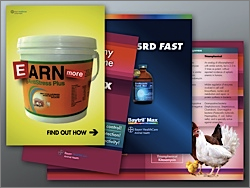Businesses and organisations use computers and software applications to publicise ideas / products / people / etc.
The techniques used are the same as those described in the Communicating Ideas page of this site:
The techniques used are the same as those described in the Communicating Ideas page of this site:
- Image editing
- Desktop publishing
- Multimedia editing
- Website design
Corporate Identity
Businesses and organisations usually develop a corporate 'identity' - an image that they use for all documents, websites, etc.
A corporate identity might consist of:
A corporate identity might consist of:
- A logo to be used on documents, e-mails, website, etc.
- Set of colours / themes
- Set of fonts to be used for all documents
- A jingle (short tune) for TV / radio advertising
- A mascot / character to represent the organisation
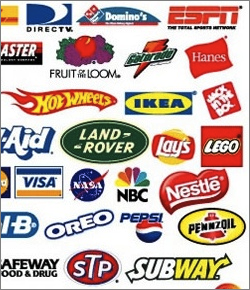
Business Cards
Business cards are used by people who want to give their contact details to someone else.
A business card has a person's name, telephone number, e-mail address, etc. pre-printed on it so nothing needs to be written down.
Business cards use the logo / font / colour / style of the corporate identity so that the person receiving the card recognises it immediately.
A business card has a person's name, telephone number, e-mail address, etc. pre-printed on it so nothing needs to be written down.
Business cards use the logo / font / colour / style of the corporate identity so that the person receiving the card recognises it immediately.
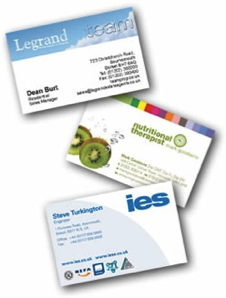
Letterheads
A letterhead is a header / footer used for printed documents such as letters.
Letterheads usually contain details such as the organisation's name, address, telephone number, website, etc.
Often organisations will order boxes of paper with the letterhead pre-printed on it. This paper can then be used in printers, or for hand-written letters.
Letterheads use the logo / font / colour / style of the corporate identity so that the person receiving the document recognises it immediately.
Letterheads usually contain details such as the organisation's name, address, telephone number, website, etc.
Often organisations will order boxes of paper with the letterhead pre-printed on it. This paper can then be used in printers, or for hand-written letters.
Letterheads use the logo / font / colour / style of the corporate identity so that the person receiving the document recognises it immediately.
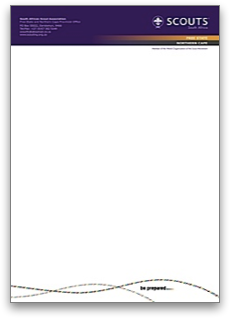
Flyers
A flyer is a small, single sheet, printed document used to advertise an event, a product or an idea.
Flyers are often handed out to the public to raise awareness of the event / product / idea.
Information such as date, time, location, contact details, etc. are placed on the flyer for people to refer to later.
Flyers use the logo / font / colour / style of the corporate identity so that the person receiving the document recognises it immediately.
Flyers are often handed out to the public to raise awareness of the event / product / idea.
Information such as date, time, location, contact details, etc. are placed on the flyer for people to refer to later.
Flyers use the logo / font / colour / style of the corporate identity so that the person receiving the document recognises it immediately.
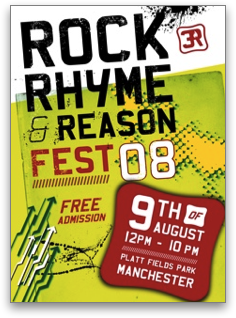
Brochures
Printed brochures are designed and produced to give details of an organisation / product / event.
Brochures normally consist of several pages, combining text, images and other graphical elements. Glossy card may be used for brochure covers to give a more 'quality' feel.
Brochures use the logo / font / colour / style of the corporate identity so that the person receiving the document recognises it immediately.
Brochures normally consist of several pages, combining text, images and other graphical elements. Glossy card may be used for brochure covers to give a more 'quality' feel.
Brochures use the logo / font / colour / style of the corporate identity so that the person receiving the document recognises it immediately.
